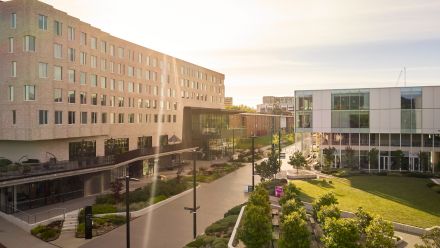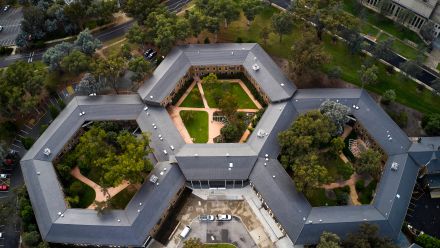A new simulation developed by an international team, including scientists from ĚěĂŔ´«Ă˝ National University (ANU), has provided new insights into how turbulence works in space.
Turbulence is not only found in the atmosphere and oceans, but also throughout our Galaxy. It impacts space weather and shapes the behaviour of the material from which stars are formed.
Now, scientists have developed the largest ever simulation of such magnetised turbulence, which describes the chaotic fluid motions influenced by magnetic fields in unprecedented detail.
Study co-author Professor Christoph Federrath from ANU said by simulating turbulence in new detail, the research team found that magnetic fields alter the way energy moves through space and time between the stars in our Galaxy – known as the Interstellar Medium.
“These are processes that ultimately lead to the formation of stars and planets in the Universe,” he said.
The simulation was so detailed that storing and processing it would have required the combined power of roughly 10,000 standard computers.
“To put these massive simulations into perspective: if we had started one on a single laptop when humans first domesticated animals, it would just be finishing now,” study lead author Dr James Beattie, a postdoctoral researcher at Princeton University, fellow at the University of Toronto, and PhD graduate from ANU, said.
“We've already begun testing whether the model matches existing data from the solar wind and the Earth and it’s looking very good.
“This is very exciting because it means we can learn about space weather with our simulation. Space weather is very important because we’re talking about the charged particles that bombard satellites and humans in space and have other terrestrial effects.”
In addition to Dr Beattie and Professor Federrath, other co-authors include Professor Ralf Klessen, Dr Savatore Cielo and Professor Amitava Bhattacharjee.
The research is published in


